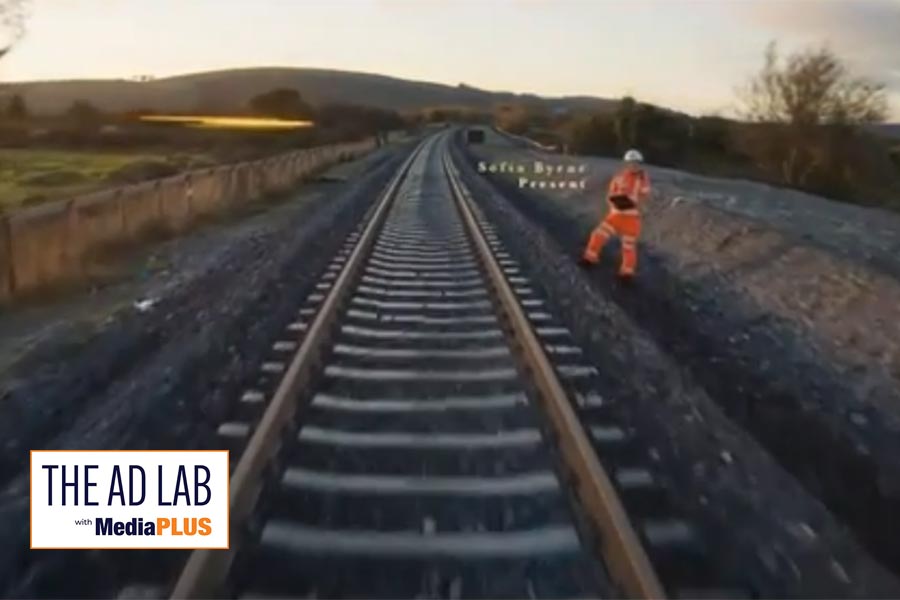Every week, Amárach and Future Proof Insights share exclusive findings from their PRIZM+ ad testing service showcasing best practice creative advertising in Ireland.
From the very first frame of Iarnród Éireann's latest ad, it’s clear this isn’t just another heritage campaign.
We open in black and white—train tracks winding through the Irish countryside—anchored by a quiet, reflective voice: "I’ve been here a long time."
It's an opening that doesn’t shout but still commands attention. Engagement rises gently. Emotion hums beneath the surface. Subconsciously, we’re leaning in.
The ad’s strength lies in how it balances past and present—not just visually, but cognitively.
As we meet Liam O’Broin (1856) and Christy Costello (1923), the viewer is invited to process layers of historical continuity.
Cognitive load ticks up—not in a way that overwhelms but in a way that signals active meaning-making. The brain is working, not wandering.
Then, in a beautifully timed shift, we step into colour. The mood lifts. Desire rises.
We meet Jack Nolan (1978) and Sofia Byrne (Present), and it’s here that emotional resonance deepens. It’s no longer just about the past; it’s about legacy evolving. And this transition isn’t just cinematic—it’s behavioural.
The COM-B lens reveals that this ad doesn’t just tell a story—it shifts behaviour.
It boosts Motivation, both reflective and automatic, by tapping into emotion, heritage, and a sense of human progress.
Even viewers who don’t typically engage with public sector messages found something to connect with.
It also increases mental Opportunity—keeping Irish Rail top of mind, not just as a transport provider, but as a forward-moving symbol of national pride.
That’s the kind of perception shift that sticks—and drives long-term preference.
The final scene brings it all home. The narrator declares, "This isn’t the end of the line for me. It’s just the beginning."
The logo appears. Memorisation peaks. Impact stabilises. This is where neuroscience and behavioural theory converge—the moment the brand locks in.
And the results speak for themselves. When prompted, virtually everyone could correctly associate the ad with the brand—an unusually high stickiness level, even for top-performing campaigns.
But what’s even more impressive is that nearly half of viewers recalled the brand without needing a prompt. That kind of unaided recall is rare for a public sector ad and shows just how deeply the message resonated.
From a neuro-strategic view, the ad keeps cognitive load mostly in the sweet spot. It challenges just enough to feel meaningful, but never overwhelms.
Emotion and desire spike exactly when they should—during key transitions, modern scenes, and the brand reveal.
These moments aren’t accidental—they’re what behavioural science calls "peak-end anchors"—critical for memory and future action.
And demographically, it connects. COM-B scores are especially strong among 25–40s—a group balancing nostalgia with progress. They see themselves in the ad. Not as passengers, but as part of something evolving. That’s brand alignment at its best.
In all, Iarnród Éireann has delivered more than a heritage film. It’s a beautifully judged behavioural nudge—a story about resilience told with empathy, paced with intelligence, and felt on both a conscious and subconscious level.
It reminds us that when you honour your past with purpose, you don’t just earn attention. You earn belief. And belief drives behaviour.
For more insights from PRIZM+ on how neuroscience drives advertising impact, visit: https://www.futureproofinsights.ie/prizm-plus/










